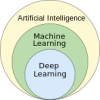TRANSIT OF MERCURY–OUT OF THIS WORLD IMAGES0
- From Around the Web, Space
- November 14, 2019
Millions of people on Earth witnessed the transit of Mercury yesterday when the tiny black form of the first planet crossed the face of the sun.
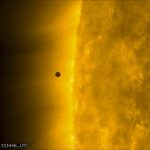
Millions of people on Earth witnessed the transit of Mercury yesterday when the tiny black form of the first planet crossed the face of the sun.
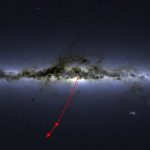
Astronomers say S5-HVs1 ventured close to supermassive black hole before being ejected
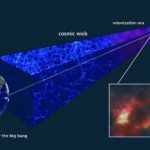
An international team of astronomers has discovered a massive cloud of gas that formed just 850 million years after the Big Bang. The chemical composition of the object reveals that the first generation of stars formed quickly and enriched the Universe with the elements they synthesized.
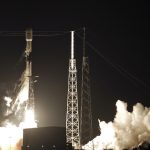
SpaceX launched 60 mini satellites Monday, the second batch of an orbiting network meant to provide global internet coverage.

The burst released as much energy in 20 seconds as our sun provides in 10 days.
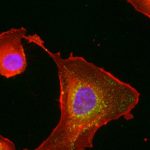
This study could lead to growing artificial blood vessels in space, ready for human surgery on Earth.

The next full moon of 2019 — nicknamed the “beaver moon” — will reach its peak Tuesday morning, Nov. 12. It is the second to last full moon on the 2019 lunar calendar and it happens to arrive when the annual Taurid meteor shower will be at its best.
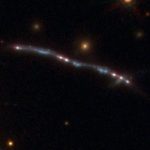
Harsh ultraviolet radiation suggests how hydrogen got ionized in the universe long ago
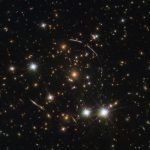
An effect called strong gravitational lensing has allowed the NASA/ESA Hubble Space Telescope to see the same remote galaxy twelve times. Called PSZ1 G311.65-18.48, the galaxy is almost 11 billion light-years from Earth and has been lensed by a massive foreground galaxy cluster 4.6 billion light-years away.
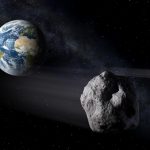
NASA’s impact monitoring system has detected the largest and most dangerous asteroid that could hit Earth. If this asteroid collides with Earth, it could cause a partial extinction event on the planet.


